Wedding Film Tips: Capturing Beautiful Memories
Capturing a wedding on film is a special responsibility. Whether you’re a professional videographer or a hobbyist, ensuring that every meaningful moment is recorded takes some know-how. This article helps you with essential tips to elevate your wedding videography skills.
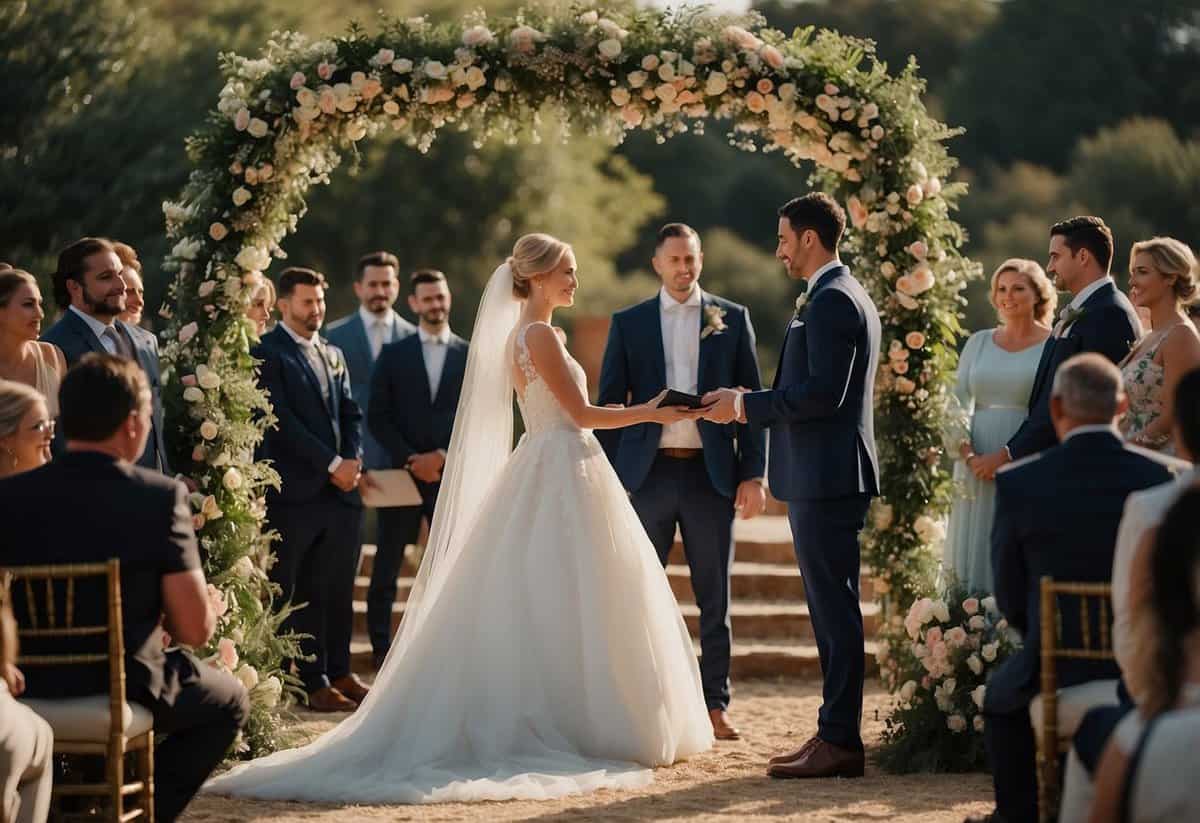
What makes a wedding video truly memorable? It’s the little moments that tell the couple’s unique story and the emotions that come alive on screen. Understanding the importance of these elements ensures that your wedding film is cherished for years to come. Get ready to learn valuable tips that will make your work stand out.
1) Choose the Right Gear
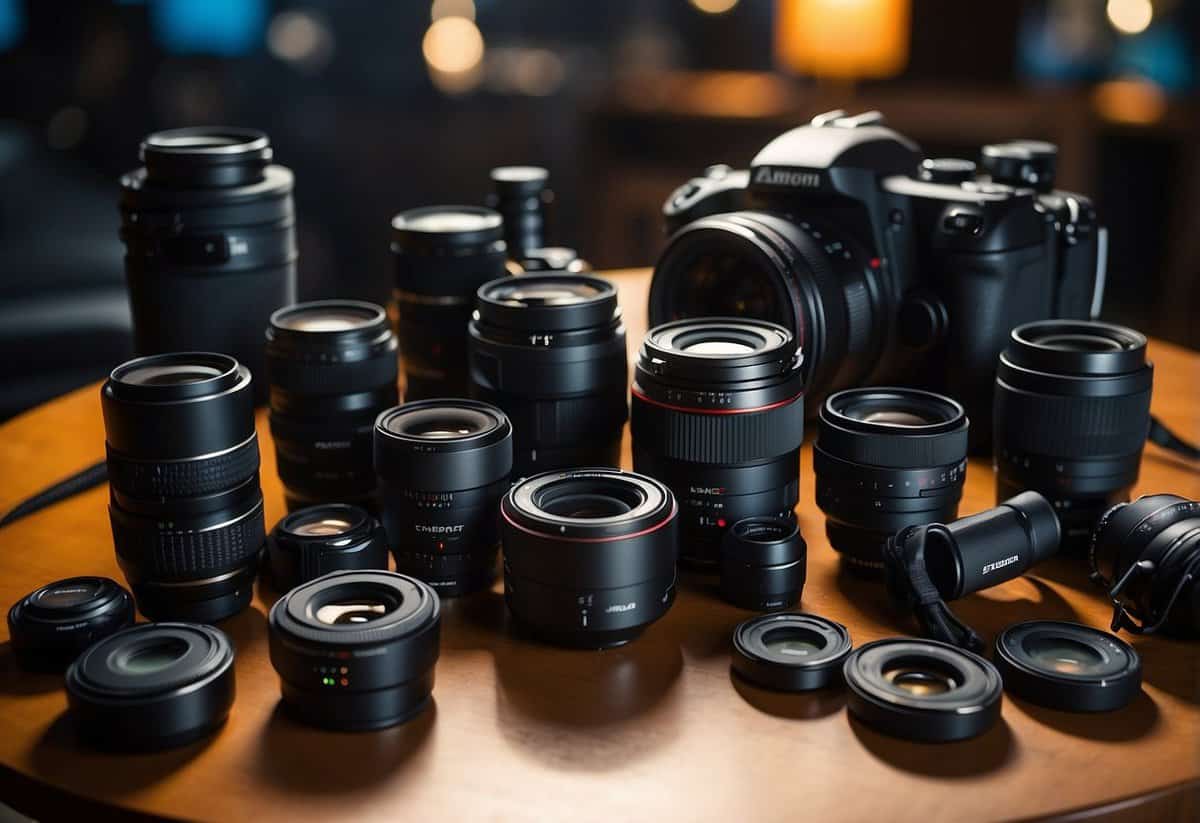
Getting the right gear is essential for shooting a wedding. Start with a reliable camera. Make sure it can handle different lighting conditions. You don’t want poor-quality footage because your camera couldn’t adapt.
Bring a tripod. Weddings can last for hours, and holding a camera that long will tire your arms. A tripod also keeps your shots stable.
Consider zoom lenses. They let you capture close-ups without standing in the way. This is especially helpful during the ceremony when you don’t want to block anyone’s view.
Pack extra batteries and memory cards. Weddings are unpredictable, and you don’t want to miss key moments because you ran out of power or storage. Always be prepared for any situation.
2) Scout the Wedding Venues

Scouting the wedding venue is crucial. It’s best to visit the location at least a week before the event. This helps you get familiar with the space and plan your shots.
Walk through the venue and note the lighting. Pay attention to both indoor and outdoor areas. Check out the angles and backdrops that might work well for your film.
Talk to the couple about their favorite spots. You might find unique places that are special to them. Ask venue staff about any restrictions.
Keep an eye for potential obstacles like tricky lighting or noise issues. Knowing these in advance helps you be better prepared.
3) Get Personal Interviews
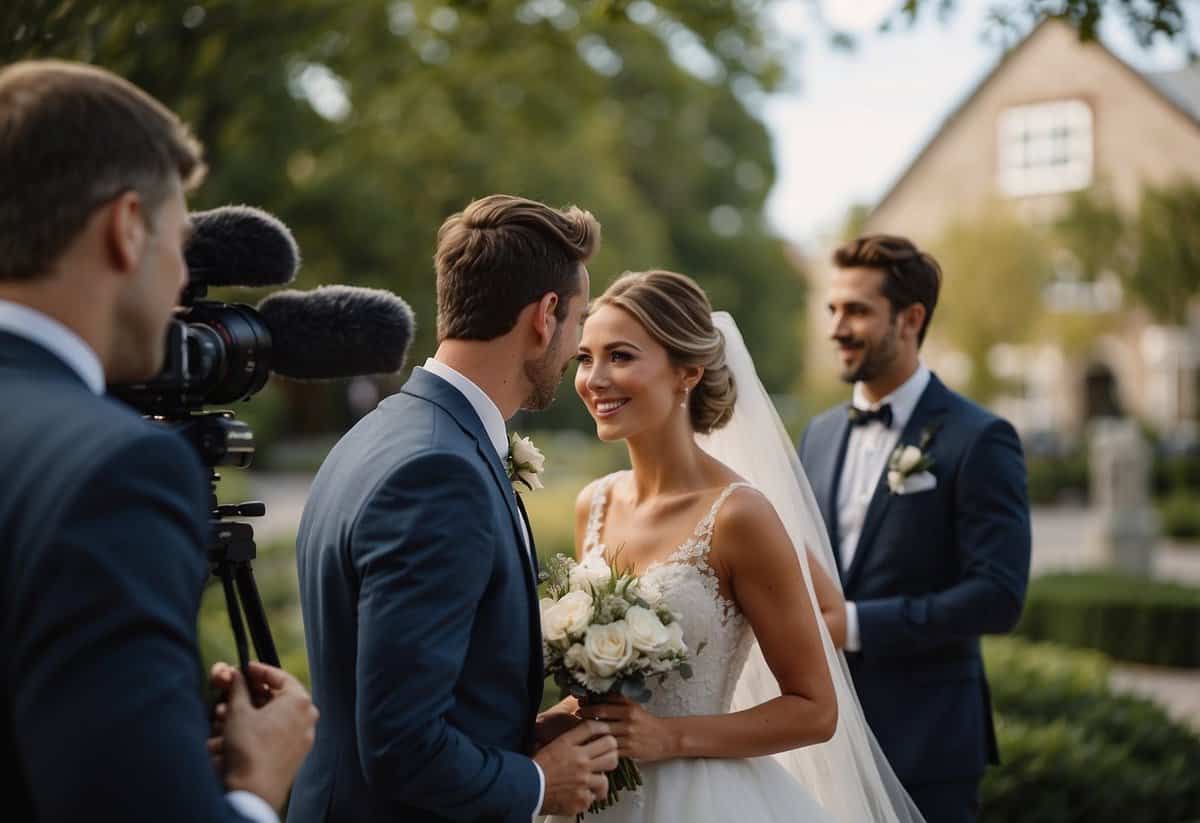
Personal interviews can add a touch of emotion to your wedding film. Talk to the couple, their families, and even friends. Ask them about memories and feelings related to the special day.
Interviews can be done before the wedding to capture anticipation and excitement. Recording on the wedding day can catch raw and spontaneous emotions.
A mix of both pre-wedding and wedding day interviews can create a powerful narrative. Keep questions simple and heartfelt to get genuine responses.
Choose a quiet location for clear audio. Use an external mic and always do a sound check. This ensures that every word is captured clearly and adds to the film’s quality.
Plan ahead for the interviews to avoid any last-minute rush. This helps to capture the best moments without adding stress to the couple.
4) Capture Candid Moments
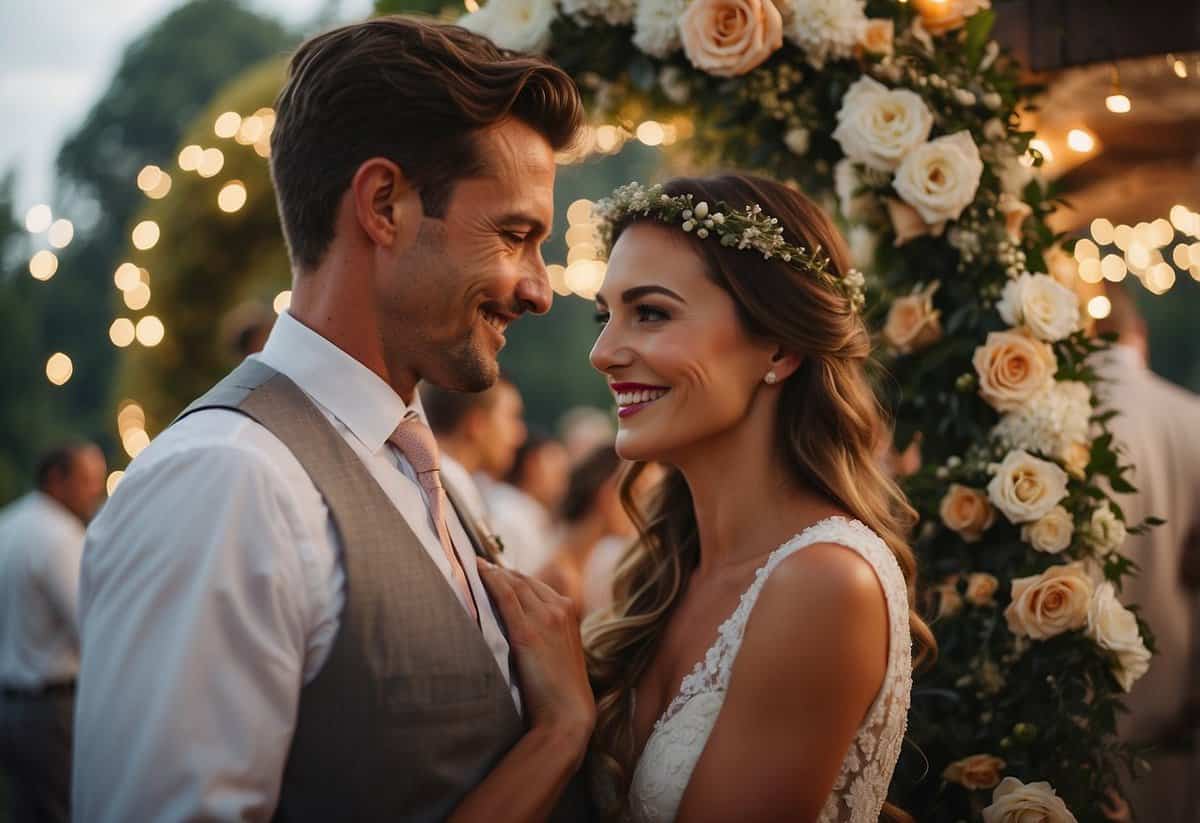
Candid moments often tell the real story of a wedding. These unposed shots reveal genuine emotions, whether it’s laughter, tears, or that unexpected dance move.
Stay alert and always have your camera ready. Special moments can happen anytime. Keep an eye on interactions between guests and the couple.
Use a long lens to discreetly capture these moments without interrupting. A 70-200mm zoom works great for this. It allows you to stay back but still get close-up shots.
Natural light helps in creating authentic pictures. Avoid using flash as much as possible to keep the scene looking natural. Look for soft, even lighting.
Remember, the goal is to capture the joy, love, and sometimes even the tears, making the memories feel real and unforgettable.
5) Use a drone for aerial shots
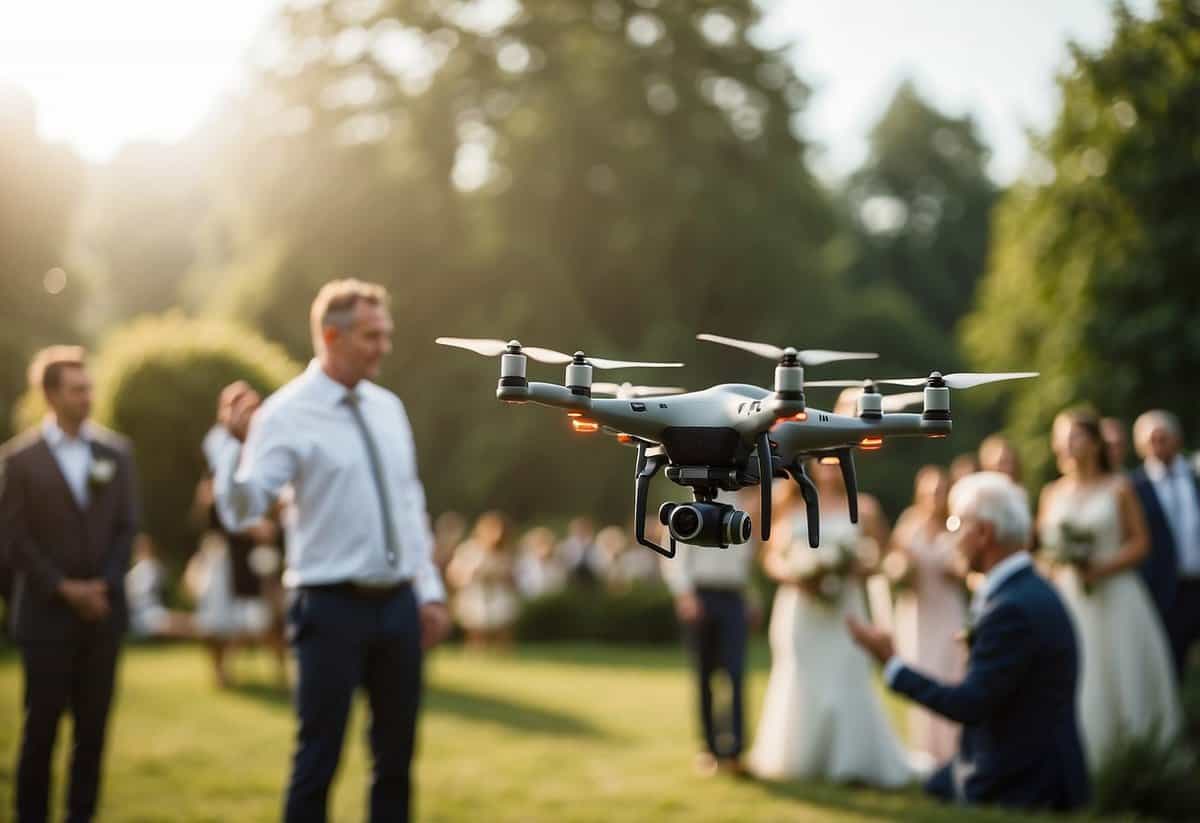
Drones can capture stunning aerial views of your wedding. They offer a unique perspective that traditional photography can’t. You’ll get wide shots of the venue, the guests, and those special moments from high above.
Ensure your drone operator is experienced. They need to know how to fly safely and get the best shots. It’s also key to follow all local drone regulations.
Weather can be unpredictable. Have a backup plan if it’s too windy or rainy to fly. Planning ahead can help avoid any last-minute surprises.
Drone shots can highlight special elements, like a heart-shaped flower design down the aisle. They can make your wedding video truly memorable.
6) Edit with a storytelling approach
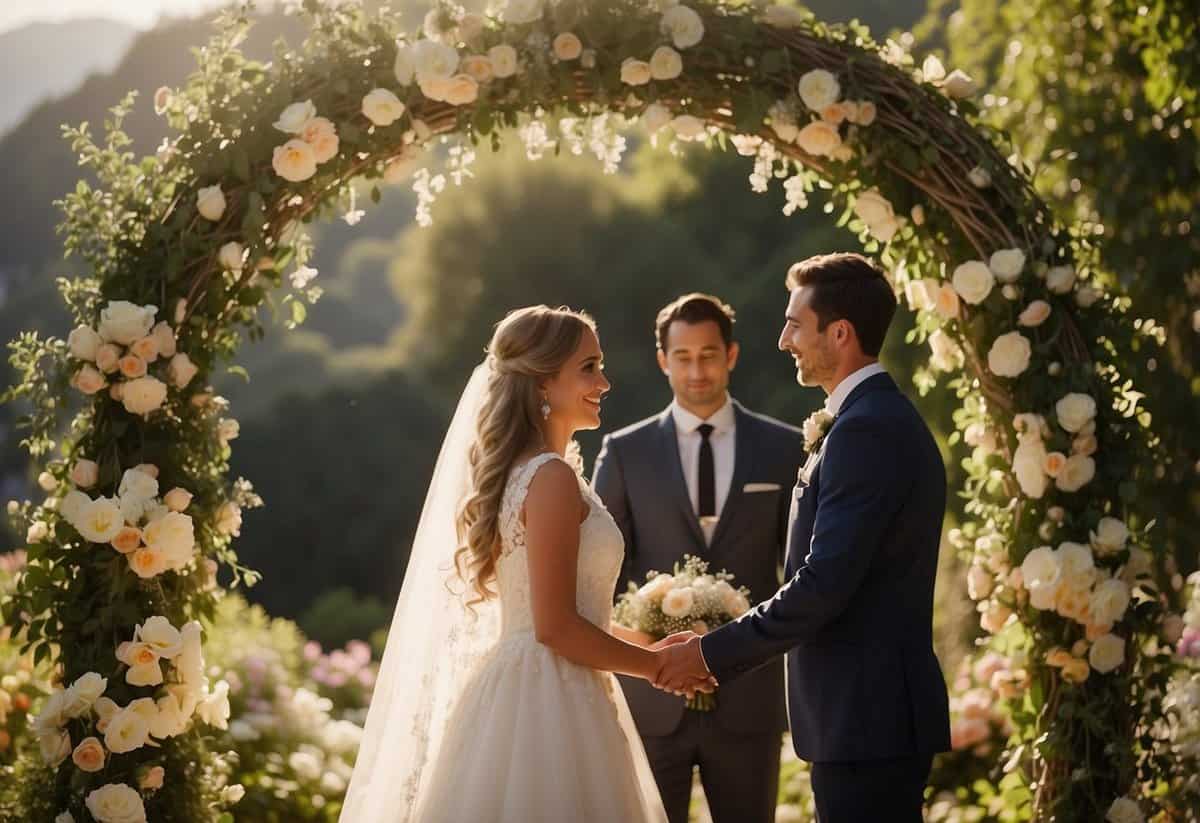
Using a storytelling approach can make your wedding films more engaging and memorable.
Focus on capturing the couple’s personalities and their unique story. Use interviews or voiceovers to bring out their thoughts and feelings.
Incorporate creative effects and transitions to enhance the narrative. Just make sure that these effects add to the story and don’t take away from it.
Pay attention to music selection. Music can set the mood and help tell the story. Choose songs that reflect the couple’s taste and the film’s emotions.
Use a mix of shots to keep the viewer’s interest. Close-ups, wide shots, and candid moments all contribute to a richer story.
7) Sync music to the emotions
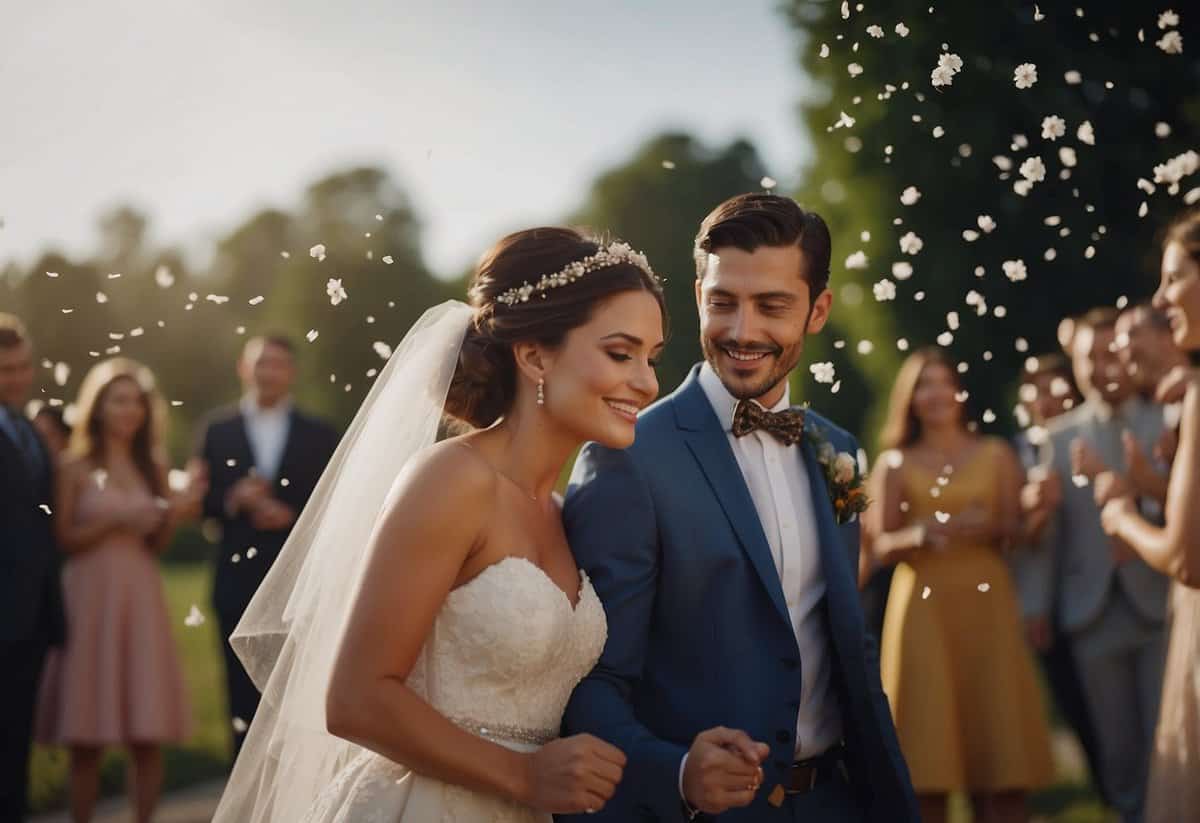
Music can make your wedding film truly special. It has the power to bring out emotions and set the mood for each moment.
Think about the different parts of your film. The ceremony might need gentle, romantic music, while the reception could use lively, upbeat songs.
Consider the feelings you want to evoke. Do you want your viewers to feel joy, excitement, or nostalgia? Choose music that matches these emotions closely.
Also, pay attention to the tempo. A slow song may suit a touching moment, while a fast-paced track can highlight fun and energetic scenes.
Building the perfect soundtrack takes time. Choose songs that resonate with you and your story. It will make your wedding film more engaging and memorable.
8) Utilize natural lighting
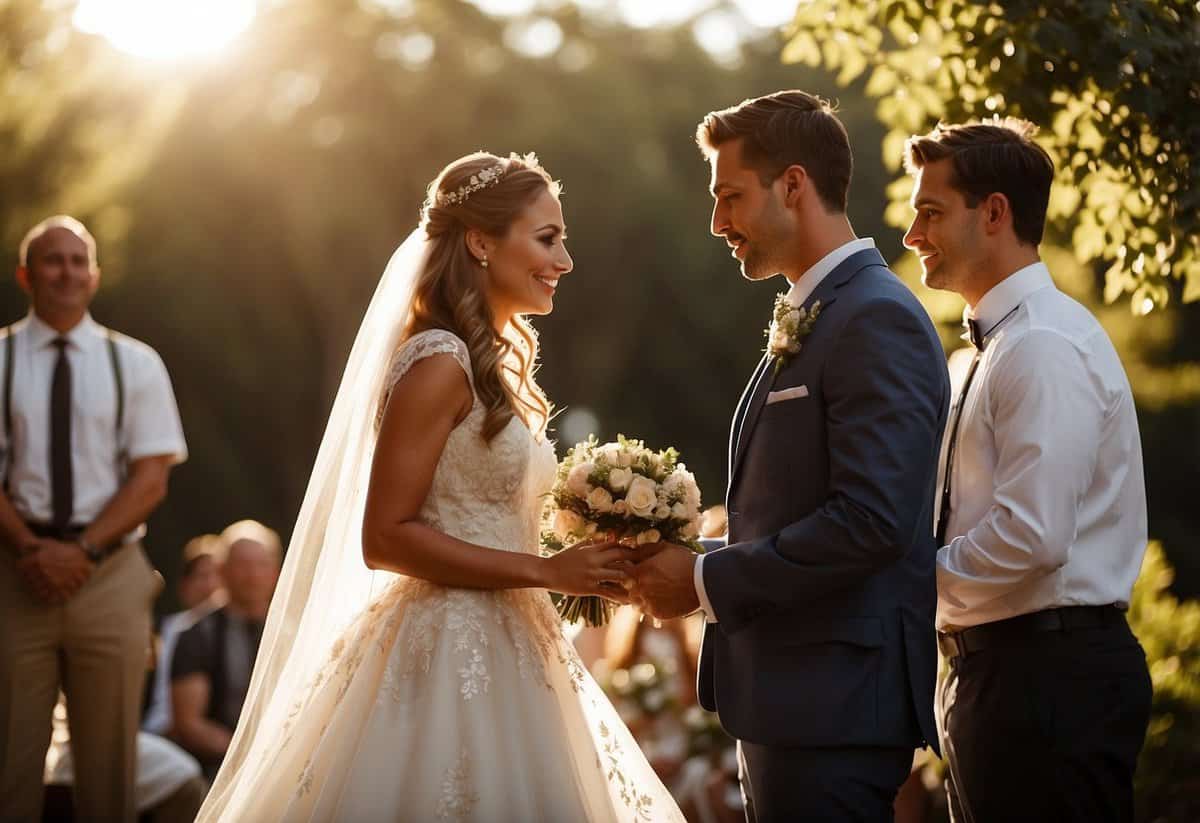
Natural lighting can make your wedding films look beautiful and genuine. It helps keep the colors soft and true to life. When shooting outdoors, try filming during the golden hour, which is right after sunrise or just before sunset.
Keep an eye on how light falls on your subjects. Adjust their position so they are facing the light. This can reduce harsh shadows and show their faces better. Use reflectors to bounce light and fill in dark areas.
If you are filming indoors, stay close to windows. Natural light from windows can give a warm, inviting glow to your shots. Don’t forget to turn off indoor lights, as mixed lighting can create odd colors in your video.
Using natural light requires some planning, but the results are worth it. Remember to be flexible and ready to adjust to changing light conditions throughout the day.
9) Record vows clearly
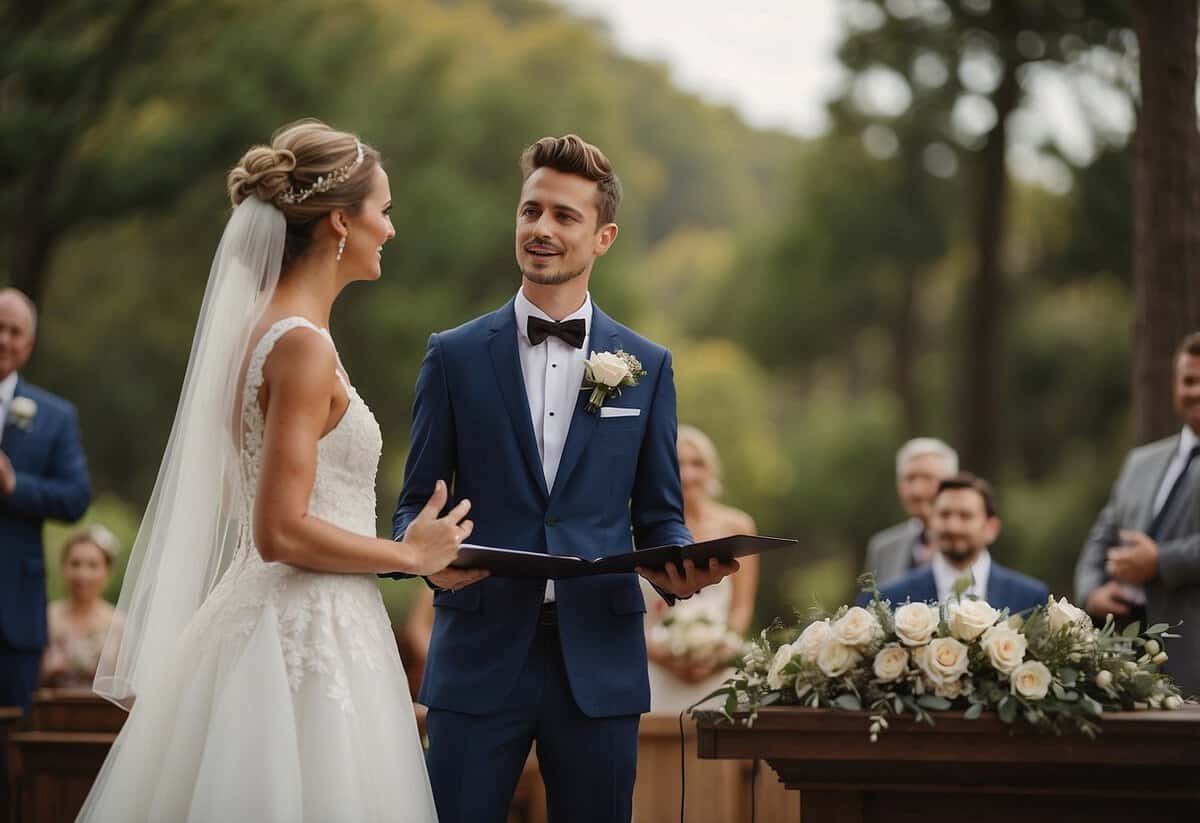
Recording vows clearly is crucial for a memorable wedding film. The vows are a heartfelt moment that everyone treasures.
Use a lavalier microphone for both the bride and groom. It captures audio closely and minimizes background noise.
Test the microphones beforehand. Make sure they are working correctly and that the levels are set appropriately.
Position the microphones discreetly. Ensure they don’t interfere with the couple’s appearance.
Check the audio levels during the ceremony. Adjust if needed but avoid making sudden changes.
Having clear vows in your wedding film makes a big difference. It ensures that the words spoken during this special moment are preserved perfectly.
10) Include behind-the-scenes footage

Adding behind-the-scenes footage to your wedding film brings a personal touch. This type of footage captures moments that often go unnoticed. It could be the bride’s nervous laugh, the groom adjusting his tie, or the parents tearfully watching their kids.
Film during the rehearsal and the preparations. These moments show the effort and excitement leading up to the big day.
Behind-the-scenes clips offer a candid view of the day. They let you see the love and teamwork involved. These snippets can make your video more engaging and memorable.
Essential Tips for Capturing Wedding Films
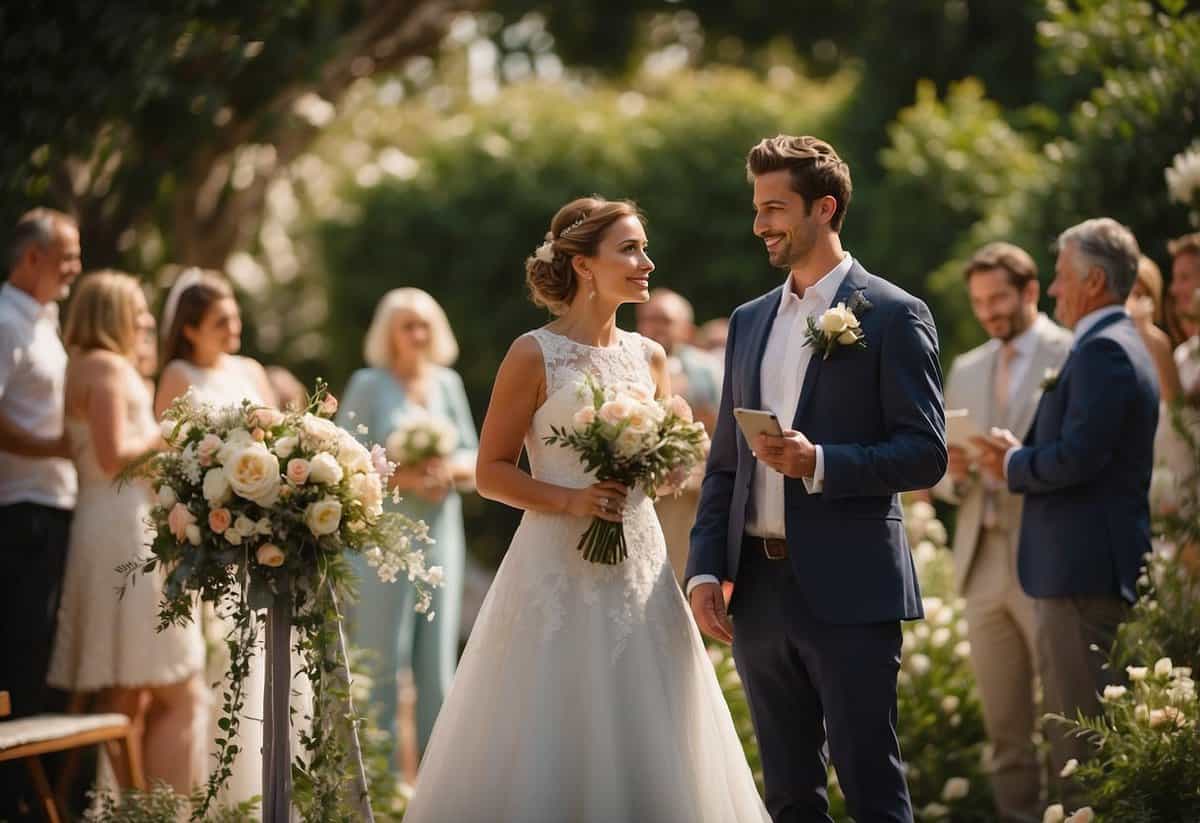
When filming a wedding, choosing the right equipment and understanding the venue are critical. These elements can greatly impact the quality and feel of your final wedding film.
Choosing the Right Equipment
Selecting the proper gear is crucial. Cameras with good low-light performance are essential because wedding venues can vary in lighting. Consider using a DSLR or mirrorless camera with interchangeable lenses.
Audio quality is another vital aspect. Use external microphones or attach a lavalier mic to the groom to capture clear vows and speeches. Stabilizers or tripods will help reduce camera shake, providing smooth and professional footage.
Invest in extra batteries and memory cards. Weddings are long events, and you don’t want to miss any important moments due to a technical glitch.
Understanding the Venue
Familiarize yourself with the wedding location in advance. Knowing the layout helps you plan your shots and ensures you’re in the right place at the right time.
Check out the lighting conditions during the time of the event. Visit the venue at the same time of day the wedding will take place to understand natural light patterns.
Remember to note power outlet locations for recharging batteries and setting up any extra lighting equipment. Being aware of venue rules and regulations is also crucial, as some places restrict the use of certain types of gear or have specific guidelines for photographers and videographers.
By focusing on these key areas, you’ll be able to capture beautiful and memorable wedding films.
Creative Techniques in Wedding Filmmaking
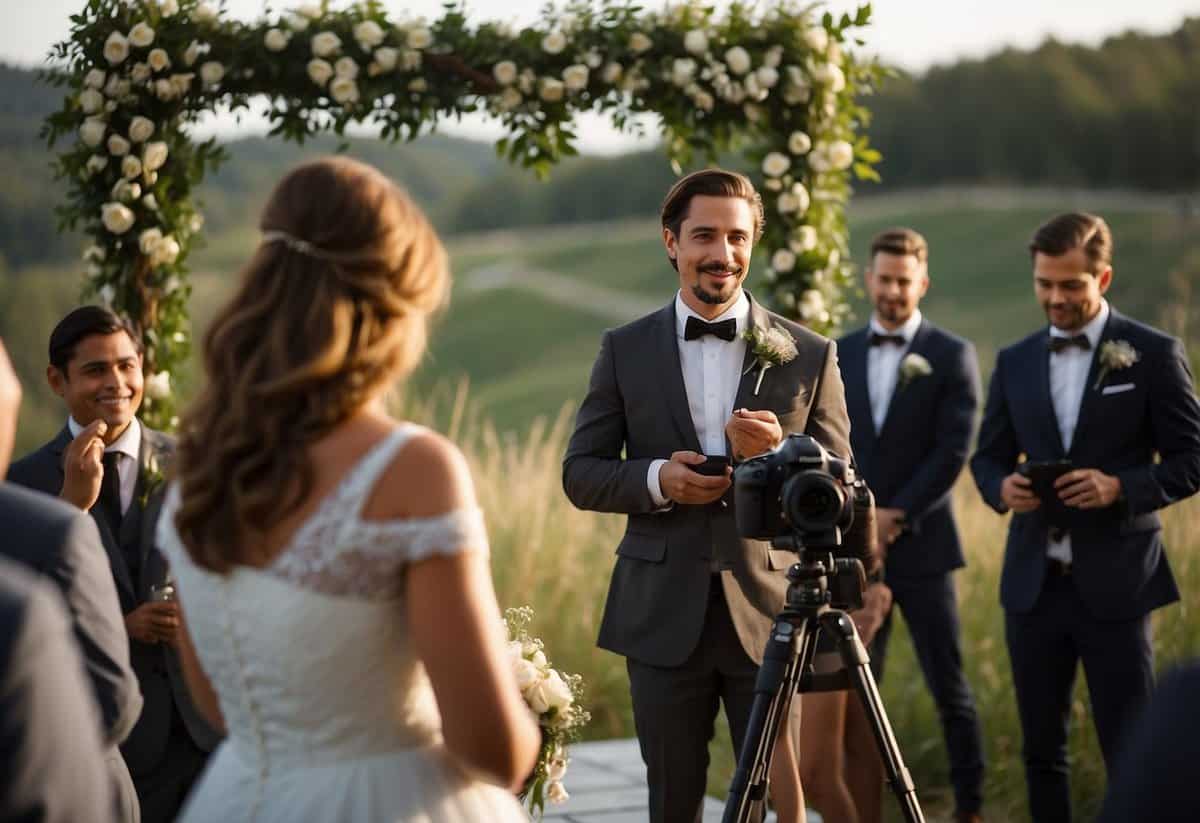
When filming a wedding, there are various creative techniques to enhance the final video. These include using natural light and choosing the right angles for a cinematic feel.
Incorporating Natural Light
Natural light can make a big difference in your wedding film. Morning and late afternoon light is softer and more flattering. Try to schedule key shots during these times.
Position subjects to make the best use of the light. For example, placing the bride and groom near a window can create a beautiful, natural glow.
Use reflectors to bounce light. When shooting indoors, these can help fill in shadows on your subjects’ faces, creating a balanced look without harsh artificial lighting.
Avoid strong, direct sunlight in the middle of the day as it can create unflattering shadows and highlights. If you have to shoot during this time, look for shaded areas or use diffusers to soften the light.
Utilizing Cinematic Angles
Using different angles can give your wedding film a professional and cinematic appearance. Low angles can make scenes feel more dramatic and powerful, while high angles can provide a sense of overview.
Try a mix of wide shots and close-ups. Wide shots can capture the entirety of the venue and the gathering of guests. In contrast, close-ups can highlight emotional moments, like the exchange of rings or the first kiss.
Move smoothly with tools like gimbals or sliders. These tools help create seamless and fluid motion in your shots, adding a polished look to your film. Be mindful to avoid overuse, as this can make the video feel repetitive.
Experiment with angles during key moments. For example, filming the bride walking down the aisle from various perspectives can add depth and interest.








